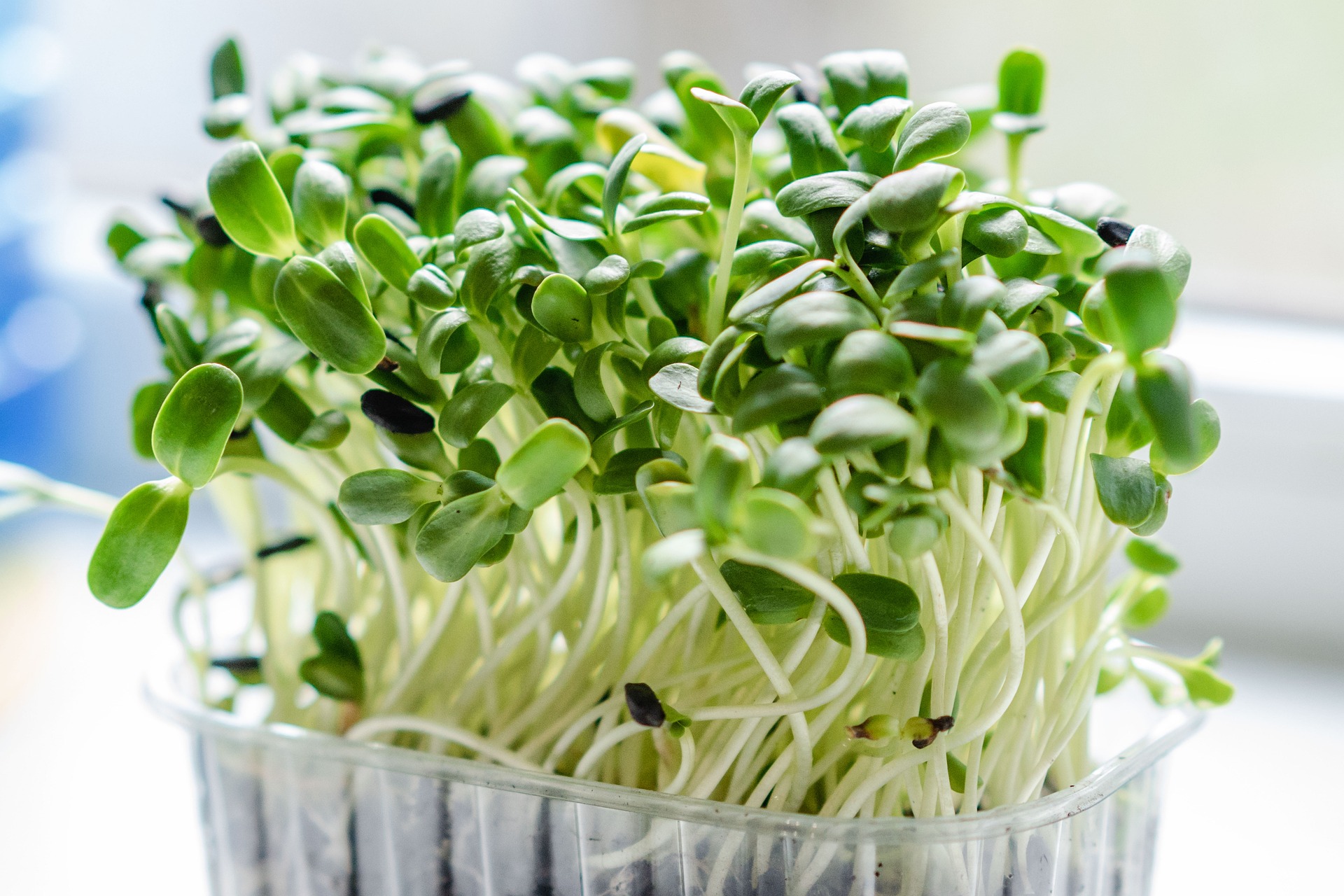Microgreens: The Nutritional Powerhouses Transforming Modern Cuisine
Imagine a world where every bite of food is not just delicious but also packed with an extraordinary amount of nutrients. What if you could grow these superfoods right on your kitchen counter? Enter the world of microgreens - the tiny, tender shoots of vegetables and herbs that are revolutionizing the way we think about nutrition and culinary creativity.

The Rise of Microgreens: A Brief History
Microgreens have been around for decades, primarily used as garnishes in high-end restaurants. However, their journey from mere decoration to nutritional powerhouse began in the 1980s in San Francisco. Chefs started experimenting with these delicate greens, incorporating them into dishes for their intense flavors and visual appeal.
As interest grew, researchers began to explore the nutritional content of microgreens. In 2012, a groundbreaking study by the University of Maryland and the U.S. Department of Agriculture revealed that microgreens contain up to 40 times more vital nutrients than their mature counterparts. This discovery catapulted microgreens from culinary trend to nutritional phenomenon.
Understanding Microgreens: More Than Just Sprouts
Microgreens are often confused with sprouts, but they are distinctly different. While sprouts are germinated seeds eaten whole, microgreens are young vegetable greens harvested just 7-14 days after germination. They are typically 1-3 inches tall and include the stem and first set of true leaves.
The list of plants that can be grown as microgreens is extensive, including varieties of lettuce, herbs, brassicas (such as broccoli and radish), and even some grains. Each type offers a unique flavor profile and nutritional composition, allowing for endless culinary possibilities.
The Nutritional Powerhouse: Science-Backed Benefits
The nutritional density of microgreens is what sets them apart. Research has shown that these tiny greens pack a powerful punch when it comes to vitamins, minerals, and antioxidants. For example, red cabbage microgreens have been found to contain 40 times more vitamin E and six times more vitamin C than mature red cabbage.
Moreover, studies have indicated that microgreens are rich in polyphenols, a class of antioxidants linked to reduced risk of heart disease. Some varieties, like cilantro microgreens, have shown potential in helping to remove heavy metals from the body, a process known as chelation.
The high concentration of nutrients in such a small package makes microgreens an excellent option for those looking to maximize their nutrient intake without increasing calorie consumption significantly.
Culinary Applications: A Chef’s Secret Weapon
Beyond their nutritional benefits, microgreens have become a favorite among chefs for their versatility and intense flavors. Their delicate textures and vibrant colors can elevate the simplest of dishes, adding both visual appeal and a burst of flavor.
Chefs are incorporating microgreens into everything from salads and sandwiches to garnishes for soups and main courses. The peppery kick of radish microgreens can add depth to a salad, while the subtle sweetness of pea shoots can complement a rich pasta dish.
Home cooks are also embracing microgreens, using them to add nutritional value and gourmet flair to everyday meals. From smoothies to stir-fries, these versatile greens are finding their way into kitchens around the world.
Growing Your Own: A Sustainable Solution
One of the most exciting aspects of microgreens is their accessibility. Unlike many superfoods that require specific climates or extensive processing, microgreens can be grown easily at home. All that’s needed is a small space, some soil or growing medium, seeds, and minimal care.
Growing microgreens at home not only ensures a fresh supply but also contributes to sustainability. It reduces packaging waste and transportation costs associated with store-bought produce. Additionally, home-grown microgreens allow for experimentation with different varieties and blends, tailoring the nutritional profile to individual preferences and needs.
Microgreen Magic: Quick Tips and Fascinating Facts
-
Sunflower microgreens are among the most nutrient-dense, offering high levels of zinc, folate, and vitamins A, B, C, and E.
-
Red-pigmented microgreens, like red cabbage and amaranth, are particularly high in antioxidants.
-
Microgreens can be grown year-round indoors, providing a constant source of fresh nutrients.
-
The flavor of microgreens is often more intense than their mature counterparts, allowing for less use with more impact in dishes.
-
Some microgreens, like basil and cilantro, can be regrown multiple times from the same plant, maximizing yield.
As we continue to seek innovative ways to improve our diets and overall health, microgreens stand out as a promising solution. Their impressive nutritional profile, culinary versatility, and ease of cultivation make them an accessible superfood for everyone. By incorporating these tiny greens into our daily meals, we can take a significant step towards optimizing our nutrition and exploring new culinary horizons. The microgreen revolution is more than just a trend; it’s a sustainable, delicious path to better health and culinary creativity.





